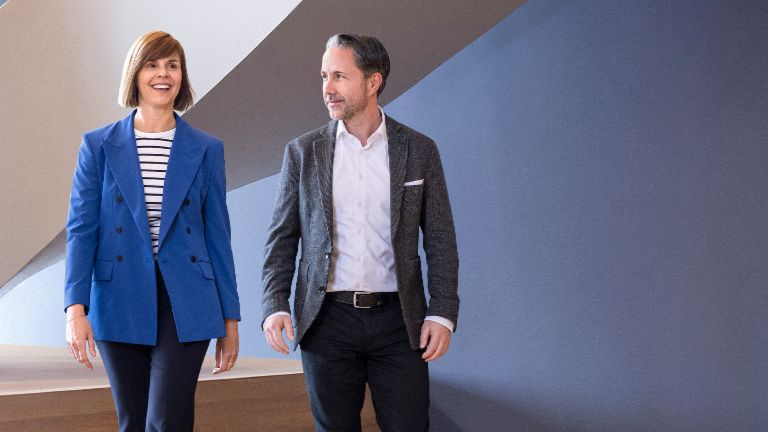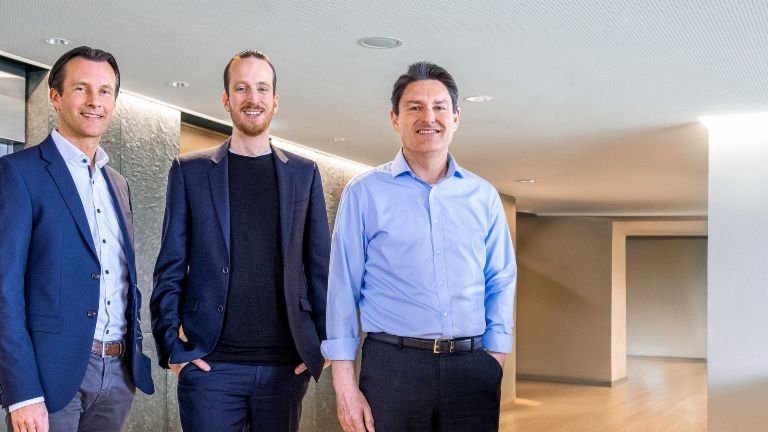Charge no interest but still make a profit? How zero percent financing works.
Interest-free installments are no longer an exception. We explain how zero percent financing can pay off for vendors and what consumers need to know about how it works.
If you want to buy a new bed, a new computer, or even a new car, you don’t always have to pay the whole price at once. However, whereas installment payments are subject to additional interest charges during the term of the loan, zero percent financing offers have been on the increase for years.
The benefit for consumers seems obvious. They can buy the item without having to spend a large sum of money at once. But what is the advantage of this kind of financing for the sellers who hand over the goods to their customers under such apparently generous conditions? And how does zero percent financing actually work in terms of the math?

Businesses reach customers who would otherwise not buy their products.
There’s a lot of profit to be made in particular for electronics and furniture stores and car dealerships. And they don’t even need to take on any great risk. For these retailers, attractive financing is a marketing tool in two respects. Firstly, because they can win over customers who would not buy their goods if this offer were not available. According to a representative survey by banking association Bankenfachverband in 2017 20 percent of all installment loans were concluded in the retail sector. 63 percent of borrowers stated that they would not have bought the item if installments hadn’t been offered. Secondly, advertising zero percent financing gets people into the store, even if they ultimately don’t even take advantage of the offer.
However, customers do not take out the financing agreement, which usually has a term of 12 to 36 months, with the dealership itself but with a bank. There is actually no other option for legal reasons, because strictly speaking, zero percent financing is not a purchase on installments but a zero percent interest loan. The bank pays the dealership the purchase price and assumes its risks. If the customer does not service the loan, the bank has to collect the outstanding amount.

Zero percent financing: How the loan pays off for companies.
In conjunction with the financing agreement, the banks receive the details of the purchasers. They can then approach them and possibly offer them other banking products such as payment protection insurance or cash cards, i.e. credit cards with a fixed withdrawal limit. It’s a way of acquiring new customers through the back door, so to speak.
Often, the banks have the dealerships pay the interest that the borrowers would have had to pay for a regular loan over the term of the loan. Or the institution offering the loan receives a kind of price reduction from the seller’s business – the sum paid to it is therefore lower than the selling price of the goods. Nevertheless, this is a good deal for retailers, because they generally offset their payments to the bank through a higher selling price.
Some companies, for example large electronics groups, can also afford to get the banks involved in such agreements without offering anything in return. Quite simply because the retailers partner regularly with the banks for other mainstream financing arrangements. Generally, however, the banks have their risk paid for, that is to say that they take on the task of collecting payments and any defaults.
Copyrights: gpointstudio / shutterstock, Freedomz / shutterstock, Dusan Petkovic / shutterstock
Εξερευνήστε περισσότερα από την EOS



